(May 6, 2023) After passing out of King’s College London, when UK-born Rita Kakati-Shah joined investment bank Goldman Sachs’ sales training desk in 2001, she discovered that there were very few women at the training floor of the London headquarter. This perturbed her, and over the next ten years that she worked with the firm, she made some changes while climbing up the hierarchical ladder. “I got involved in diversity and inclusion initiatives along the way. Those were the times when the terms ‘diversity, inclusion and equity’ were not really used, and I just went ahead with the purpose of building community and bringing people together,” she tells Global Indian.
Fifteen years later in 2016, Rita turned an entrepreneur with her business focusing on diversity and inclusion in a powerful way.

Rita Kakati-Shah, founder and CEO, Uma
Now a resident of New York in the United States, Rita Kakati-Shah is the founder and CEO of Uma that works to empower women and minorities to re-enter the workforce. The name of her business venture resonates with the idea with which she forayed into entrepreneurship. “Uma is the Hindu Goddess who is an epitome of a daughter, a mother, a sibling and a wife, and represents strength, courage and confidence. She is the Goddess of go-getting,” smiles the award-winning gender, diversity, inclusion and career strategist, who is also a speaker, author and advisor to Fortune 500 companies.
Uma is an international platform that partners with organisations across the globe to attract, retain and develop women and minorities in the workforce by boosting their confidence levels, and building leadership and resilience in them to succeed. Headquartered in New York, with presence in London, Los Angeles, the San Francisco Bay Area and Toronto, Rita’s entrepreneurial venture empowers women to: ‘Be Bold. Be You. Be Uma’.
Rita also hosts the popular South Asian television show, The Uma Show, on Mana TV International, and has written a book The Goddess of Go-Getting: Your Guide to Confidence, Leadership, and Workplace Success, that was launched by the Consulate General of India in New York last year. She has co-authored three books on leadership, has written multiple research papers and is actively involved in volunteerism and advocacy.
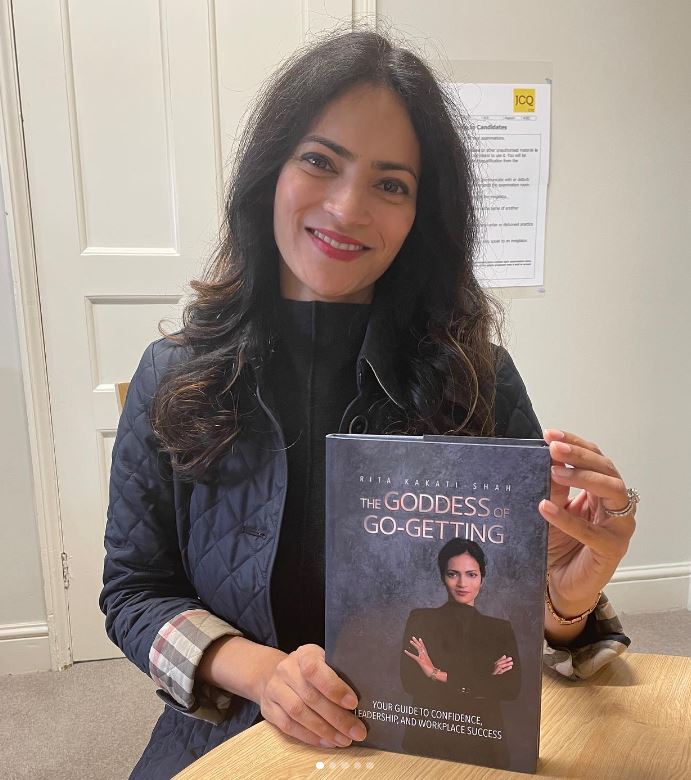
Rita Kakati-Shah with her book
The empowerment journey
After a decade of experience in finance, Rita’s career saw a transition into the pharmaceutical industry, which led her to move to the US. After working for a few years there, she got married and took close to four years of break to raise her two kids. “Out of all the jobs I had done, by far the most challenging and rewarding was the new journey of motherhood and fulltime parenthood. Without getting a day off as parents we make an impact on our future generation,” she remarks.
“During my motherhood journey I became a pro at certain skills like negotiation and communications, and really learning to listen and have empathy with my toddlers, which I realised were completely translatable into the corporate and paid salaried world,” she adds.
It was her journey into motherhood that played a catalyst in helping her identify a new direction in life. Like many mothers when Rita took a career break, returning to work – she discovered – required self-motivation and the skill to market one’s capabilities in such a way that they are perceived as indispensable for the workforce as they are for their families.
This idea gave birth to Uma. “Founding Uma has been an empowering journey to address the issues companies were missing,” tells Rita.
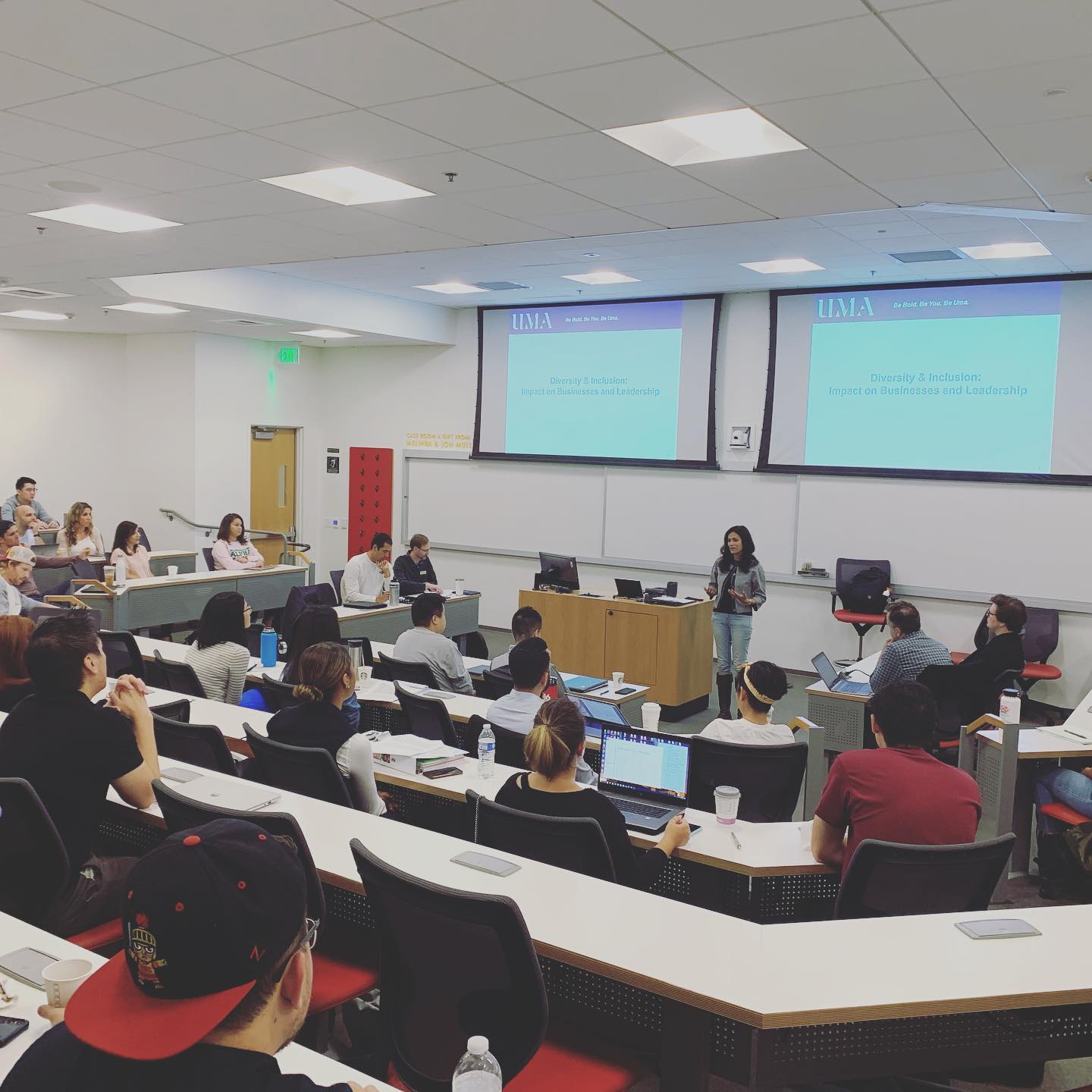
Rita Kakati-Shah addressing students at the USC Marshall School of Business
“Too many smart, talented women or even men who left the workforce to raise children or for any other reason are unable to find jobs that match their credentials and lifestyle commitments when they try to return,” she says, adding, “Not enough is being done to retain, retrain or re-engage this talent pool. Companies that once hired and trained these incredible people now suffer an intense loss of headcount and huge drain of hiring and training resources, too.” This is the gap that UMA addresses.
Rita Kakati-Shah and her team try to change the status quo of people for the better, and work with like-minded employers to create opportunities that match the credentials and lifestyle goals of people planning the second inning of their careers.
Giving back and getting recognition
Apart from her business, advocacy and volunteerism is an integral part of Rita’s life. She is actively involved with her alma mater King’s Leadership, Diversity and Entrepreneurial Institute mentoring programs, and is also a member of the New York and Los Angeles Alumni Committees. She coaches and mentors survivors of domestic violence, schoolgirls and students, and serves as an advisor, ambassador, and diversity and inclusion expert to multiple boards and global organizations like the JCC of Manhattan, ACP Women Veterans’ Founding Circle, New York City Bar Association, Democracy Without Borders India, and the Global Council for the Promotion of International Trade.
At Goldman Sachs in London, Rita was awarded the prestigious Excellence in Citizenship and Diversity Award and since then has received several international recognitions for her contributions.
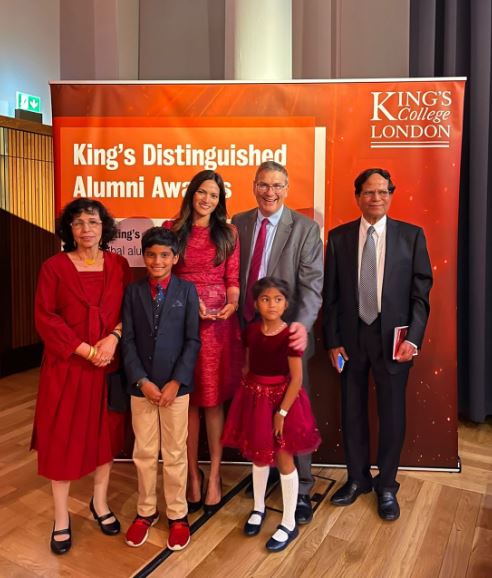
Rita Kakati-Shah with her family at King’s Distinguished Alumni Awards ceremony
Involved in advocacy since the time she was a teenager in London, Rita remarks, “My parents brought up my brother and I to always give to others rather than expect to get, and to always remember our roots,” she says, adding, “But I hadn’t realised what giving back actually meant till I was in my late teens during a brief encounter with His Royal Highness Prince Philip, the Duke of Edinburgh who congratulated me and other recipients of the Gold Duke of Edinburgh Award Scheme for community work.” He had said that it was wonderful that all winners had shown endurance, leadership and community service, but our duties as award recipients had only just begun. ‘And that duty was to serve’.
More than two decades later, those words still resonate with Rita. This year, she won the President’s Lifetime Achievement Award for a lifelong commitment to building a stronger nation through voluntary service by the executive office of the president of the United States, and the AmeriCorps. Last year she received the Mahatma Gandhi Samman medal in London for her advocacy and community work.
The entrepreneur is a regularly invited speaker and guest lecturer at various academic institutions, multinational corporations and global policy forums such as UNESCO in Paris, European Parliament in Brussels and many more spanning Assam, Meghalaya, Delhi, London, Madrid, New York, San Francisco, Sochi, Toronto and Zambia.
She has been featured as an expert on multiple international television and news shows, interviewed and quoted in various podcasts and publications such as the Wall Street Journal, Fast Company, Thrive Global, Dell Technology, CBS News, Fox News, Yahoo Finance and iHeartRadio.
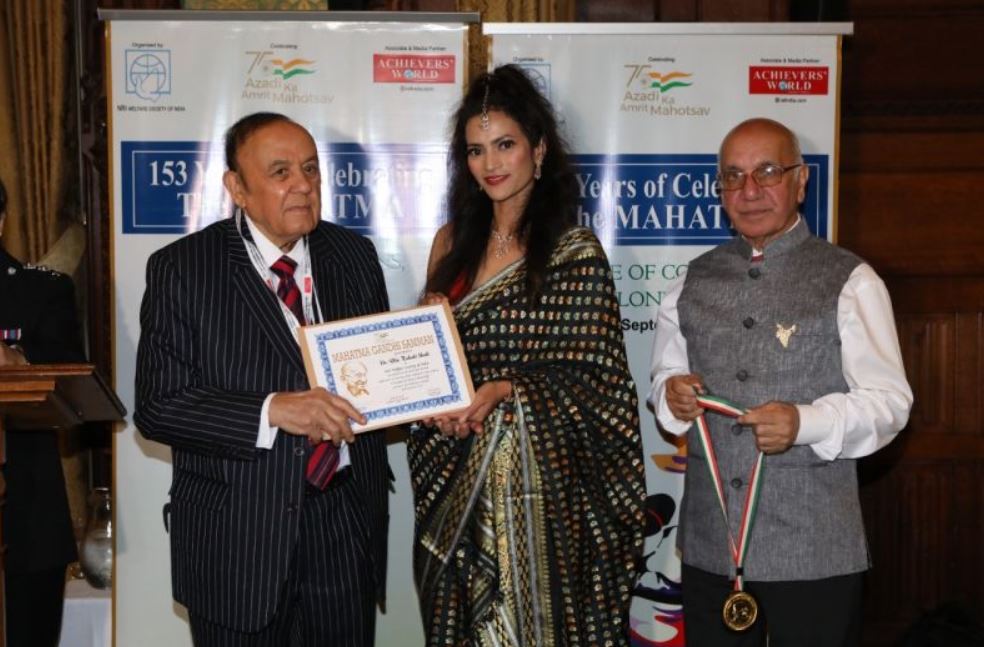
Rita Kakati-Shah receiving Mahatma Gandhi Samman medal at the Palace of Westminster, House of Parliament in London
Love for India
Whether it’s being part of the London Bihu Committee or adorning the traditional Assamese mekhela chador woven affectionately on the handloom in her ancestral home in Sualkuchi, Assam, Rita embraces all with elan. “Growing up in the UK, I was brought up to read and write Assamese with other second-generation Assamese kids. Being an Assamese means a lot to me and I want my kids to pick the heritage, the roots, the culture of Assam. I try to cook the food that my mum taught me as best as I can,” she signs off with a smile.
- Follow Rita Kakati-Shah on LinkedIn and Instagram
- Follow Uma on Facebook, Twitter, Instagram and its website



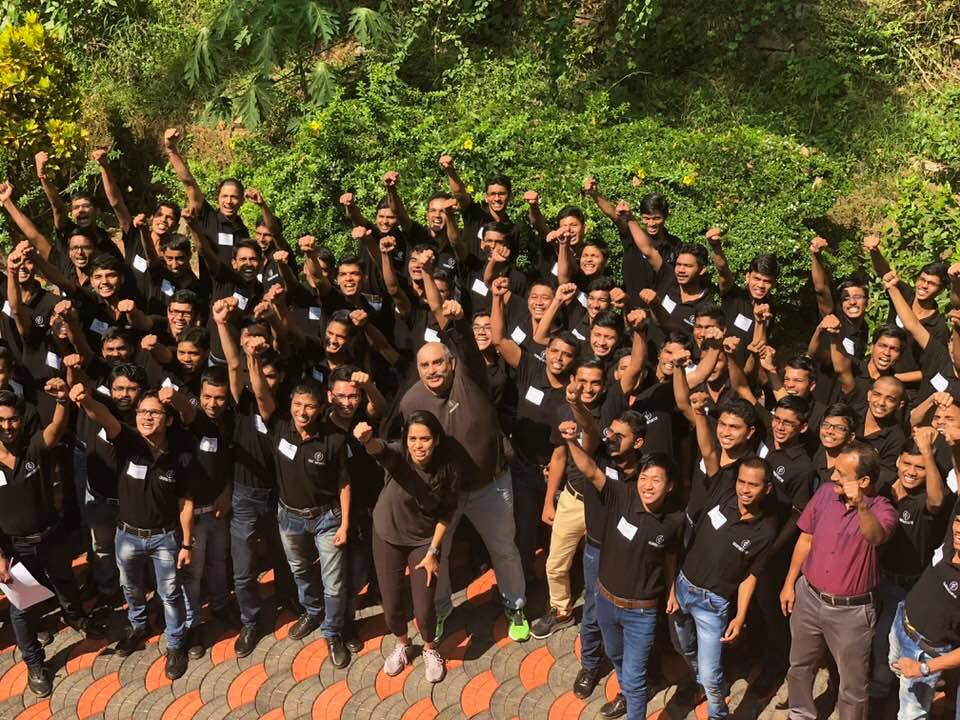 Mohnish Pabrai with Dakshana Scholars[/caption]
Mohnish Pabrai with Dakshana Scholars[/caption]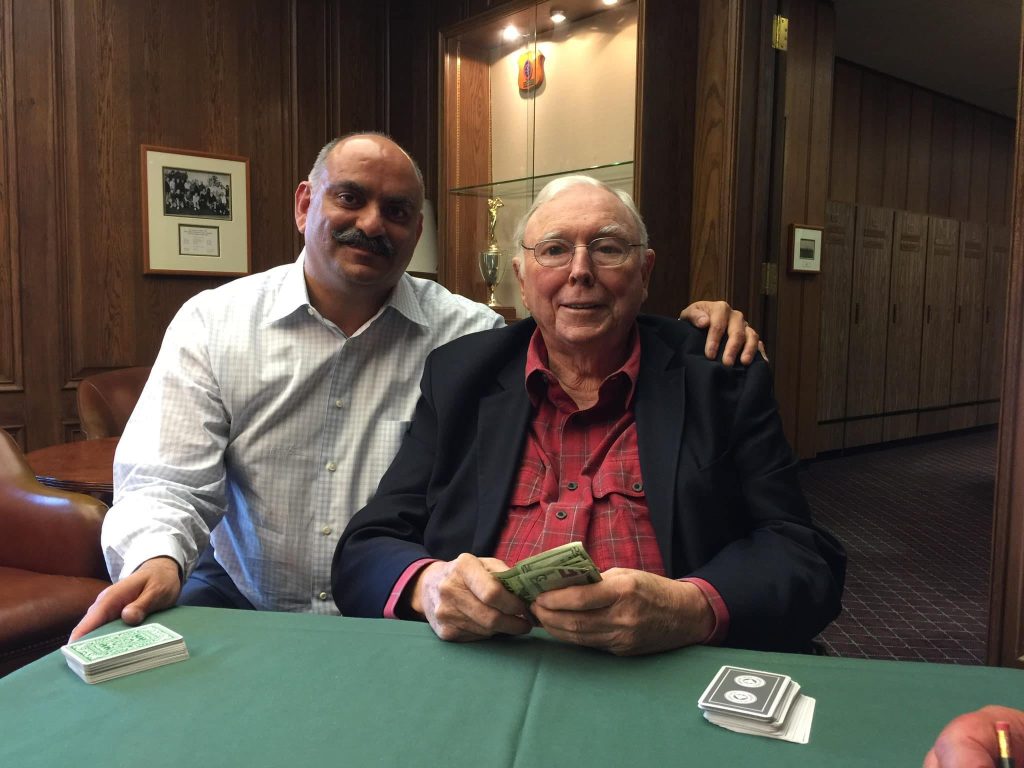 Mohnish Pabrai with Charlie Munger[/caption]
Mohnish Pabrai with Charlie Munger[/caption]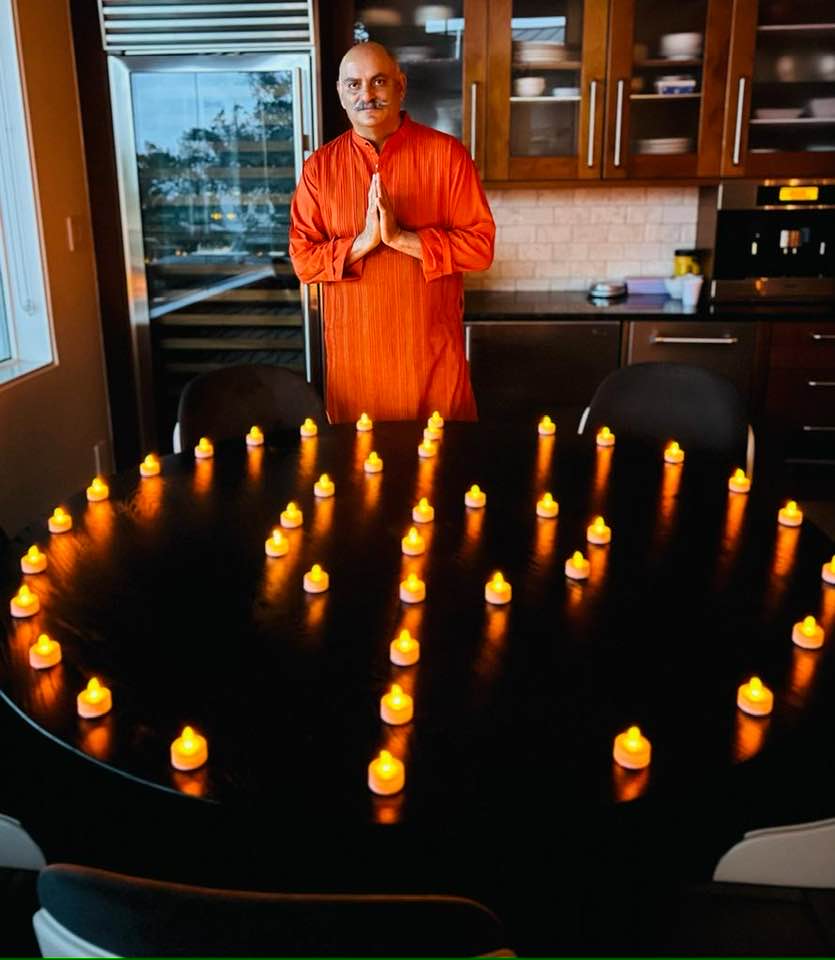
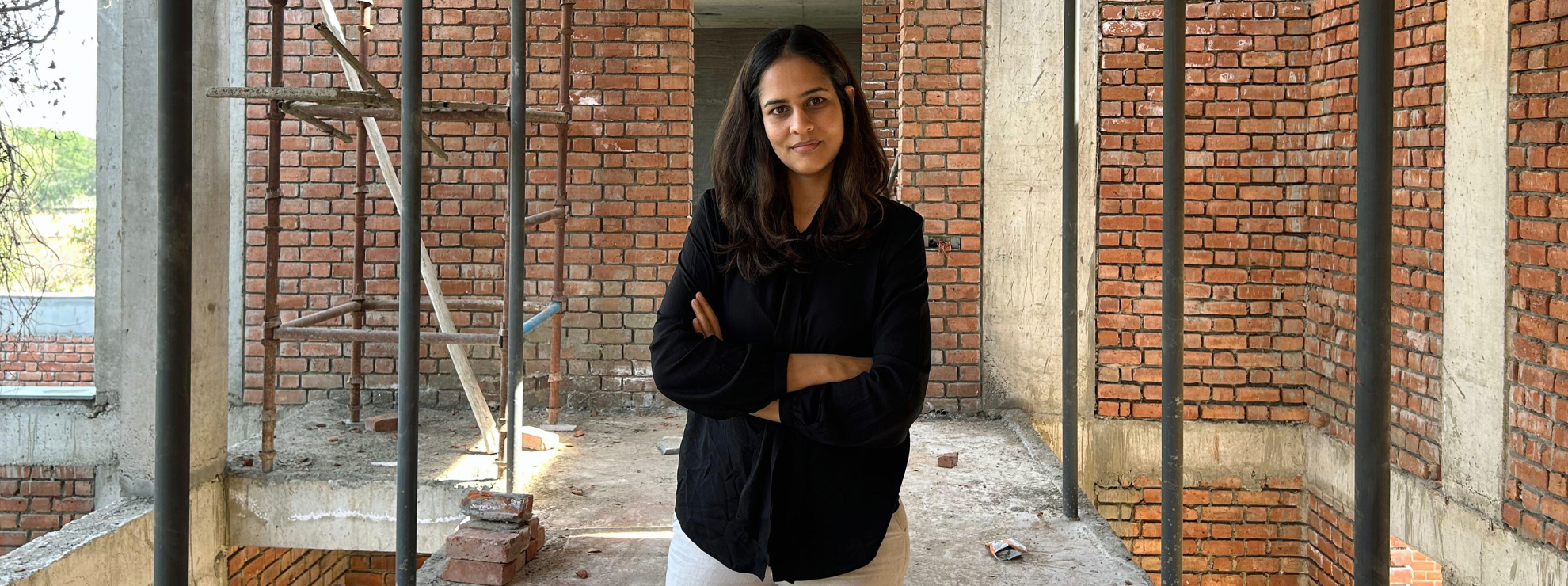
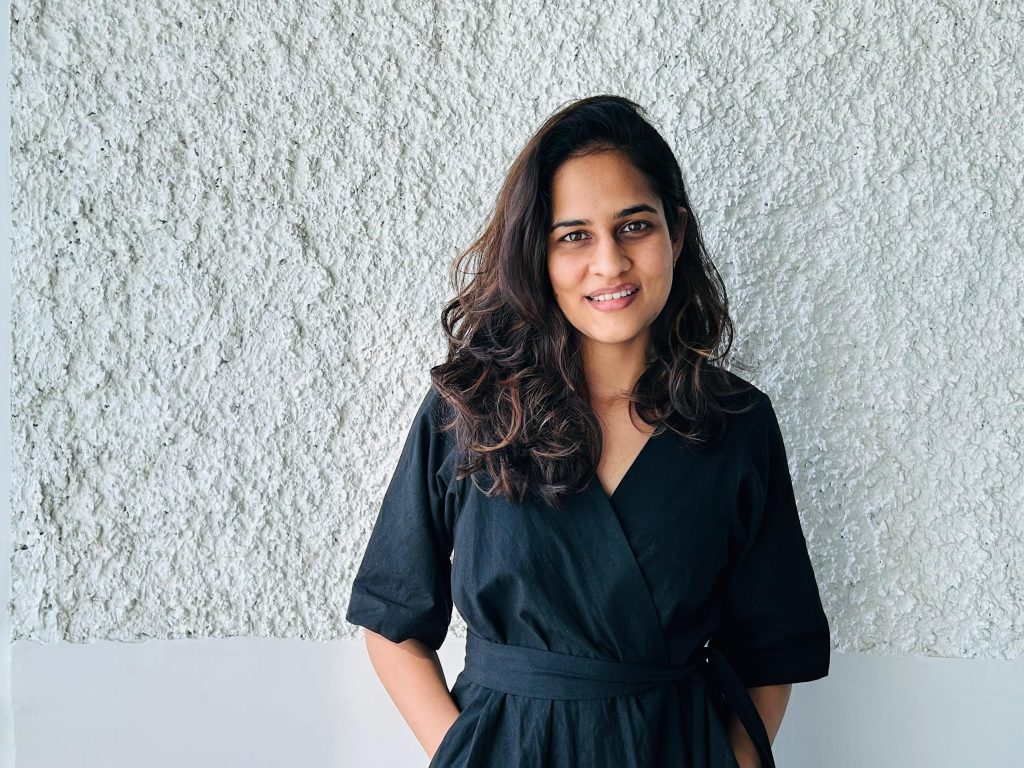 Vaissnavi Shukl[/caption]
Vaissnavi Shukl[/caption]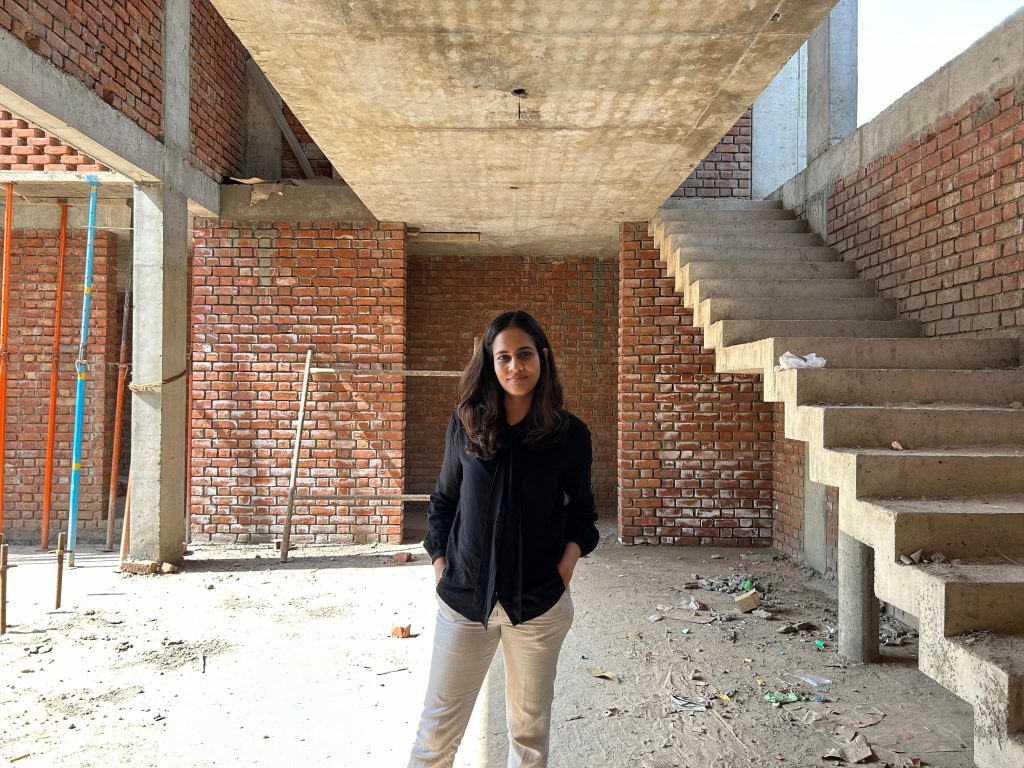
 Cool Shed, designed by Vaissnavi Shukl. Photo:
Cool Shed, designed by Vaissnavi Shukl. Photo: 
 Pravin Tulpule, former naval officer, medical clown, happiness coach and corporate edutainer[/caption]
Pravin Tulpule, former naval officer, medical clown, happiness coach and corporate edutainer[/caption]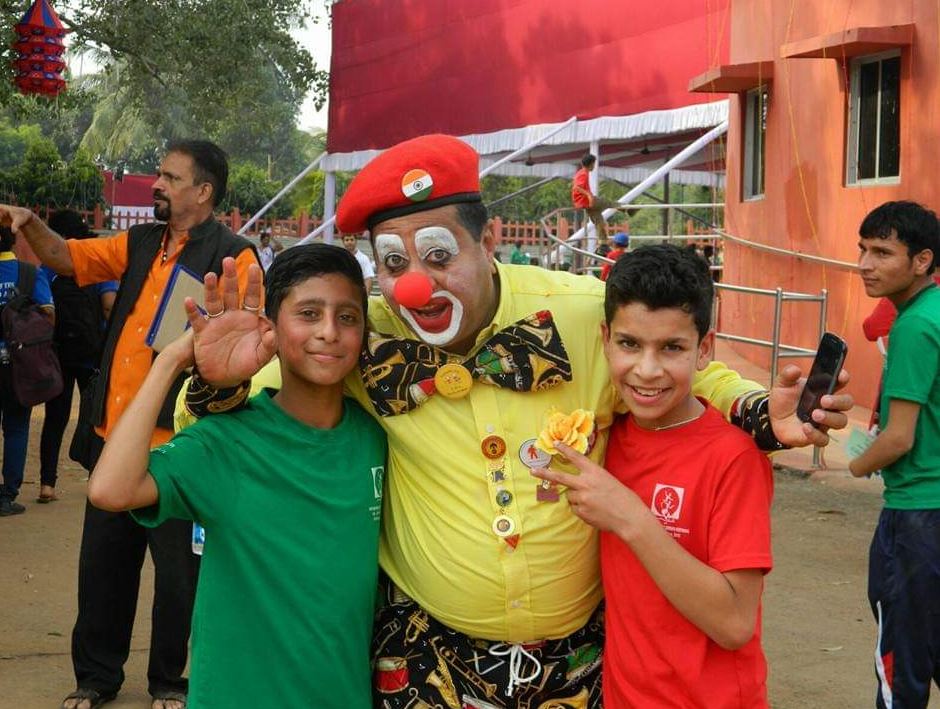
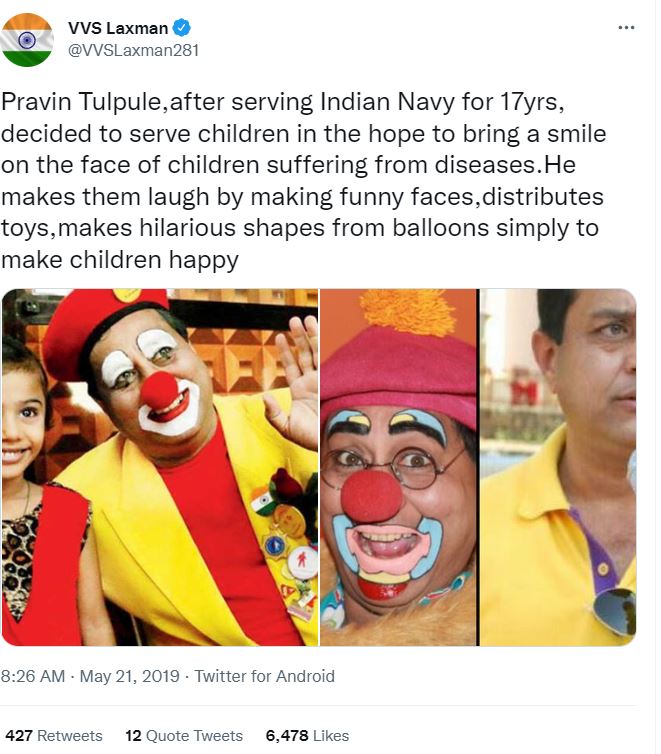
 Pravin with his children[/caption]
Pravin with his children[/caption]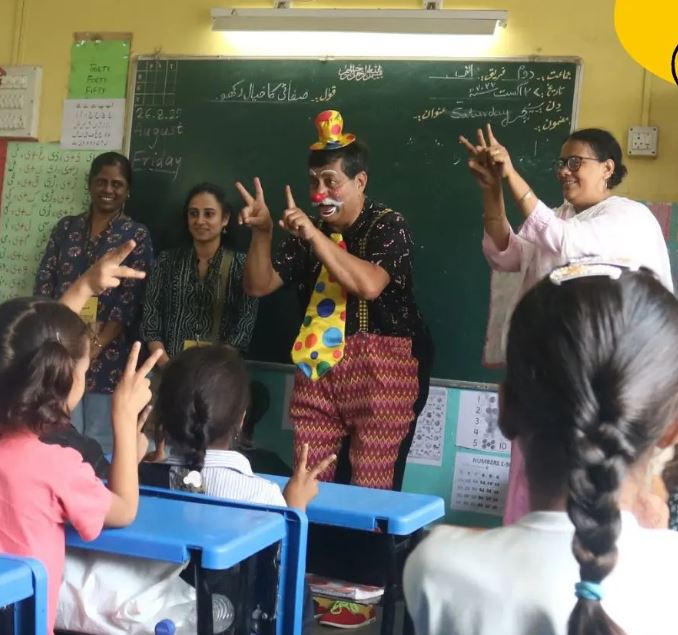 Pravin at a recent event organised by the NGO, Toybank[/caption]
Pravin at a recent event organised by the NGO, Toybank[/caption] Pravin as Santa Claus[/caption]
Pravin as Santa Claus[/caption]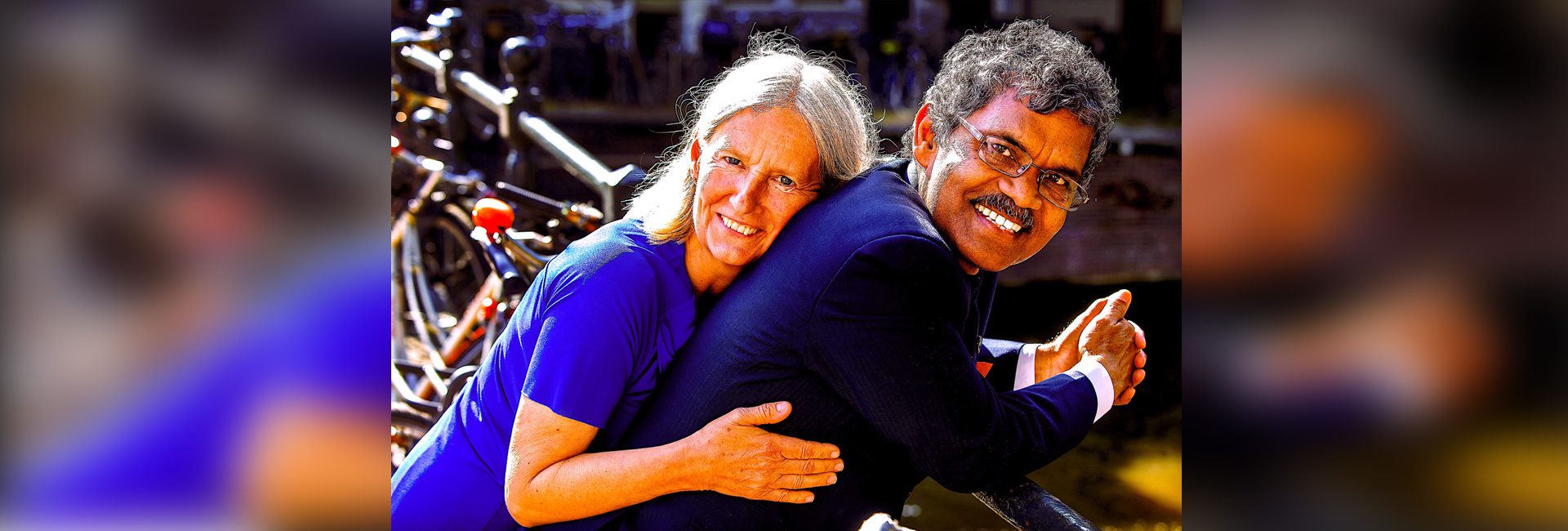
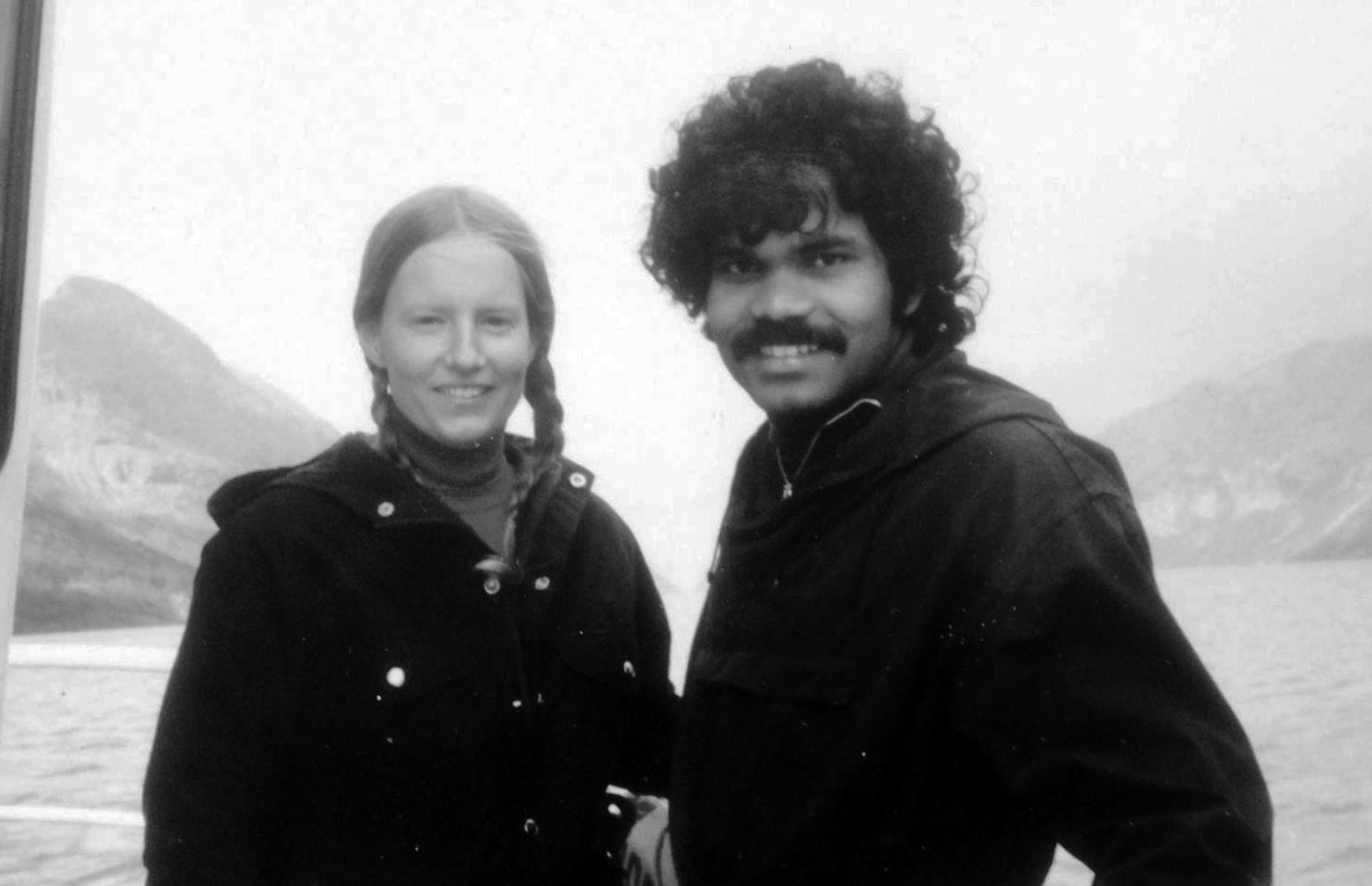 PK Mahanandia and Charlotte[/caption]
PK Mahanandia and Charlotte[/caption]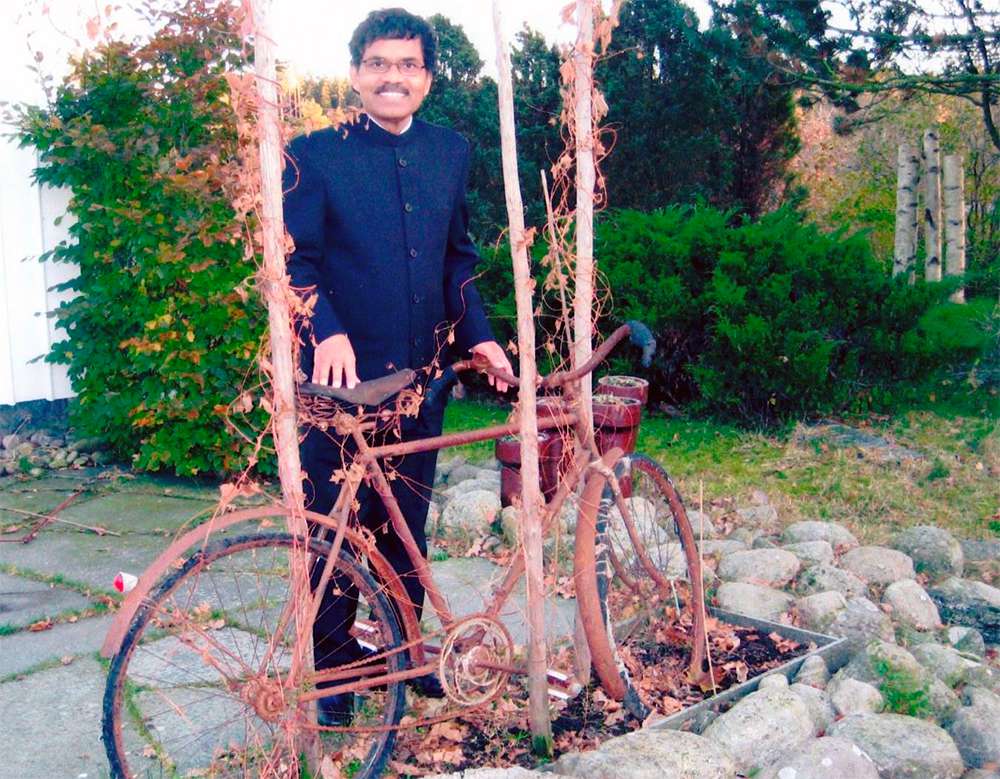 This cycle on which travelled from India to Europe[/caption]
This cycle on which travelled from India to Europe[/caption]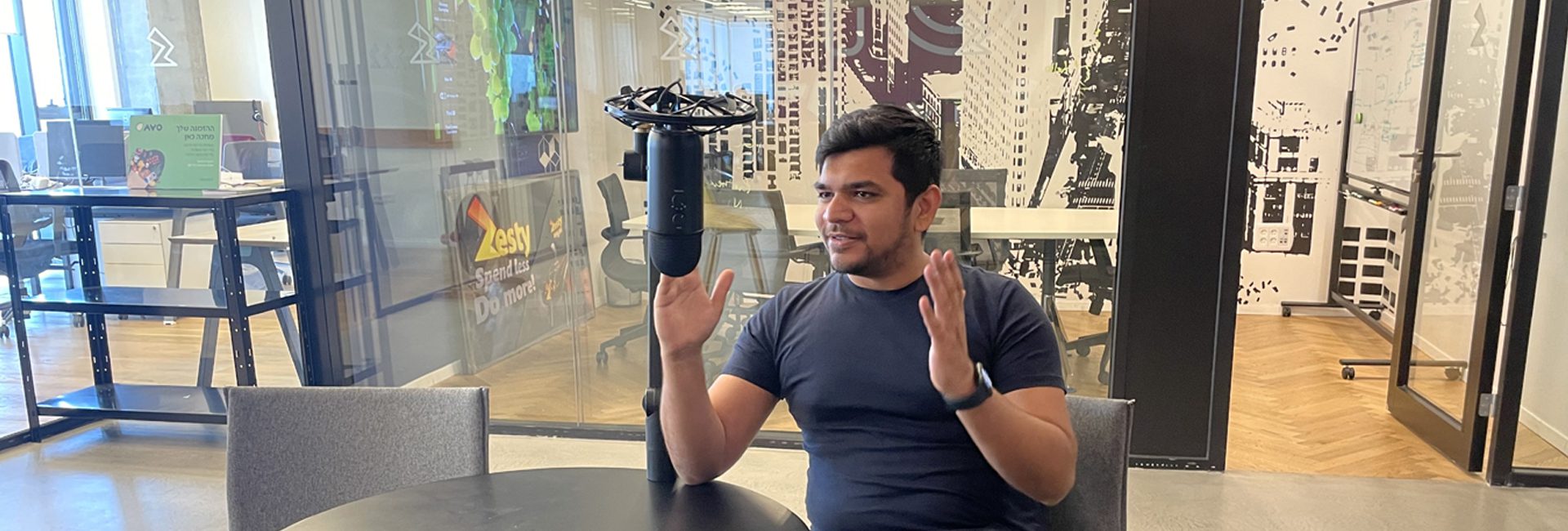
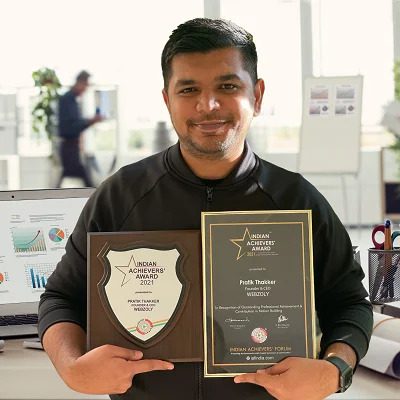
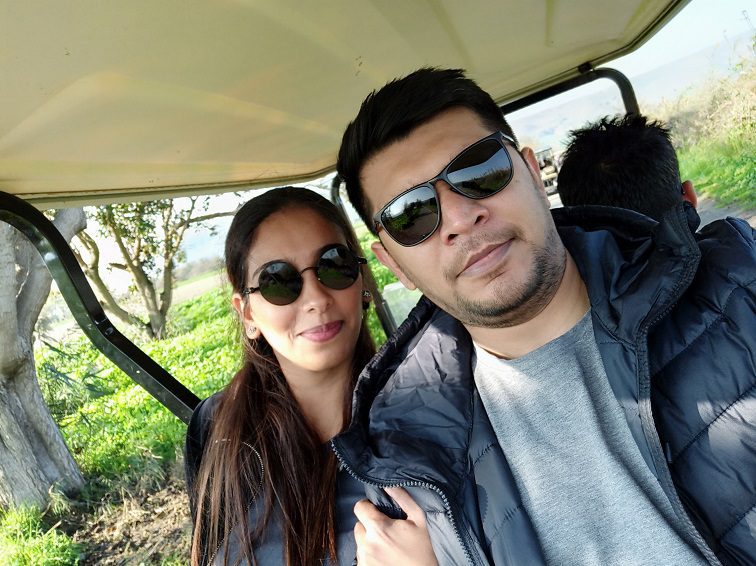 Pratik with his wife, Nancy[/caption]
Pratik with his wife, Nancy[/caption]